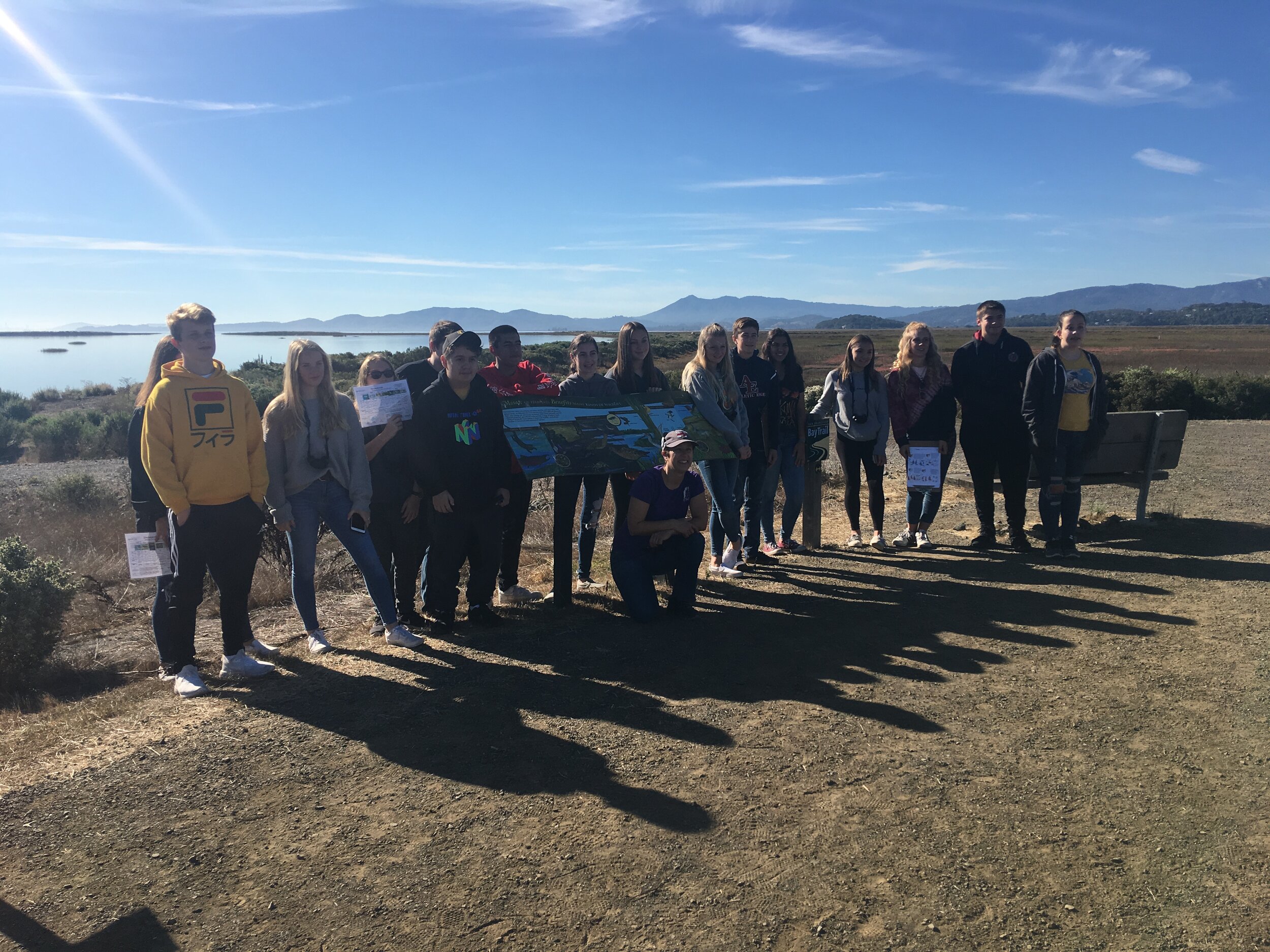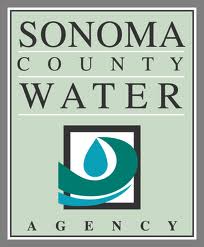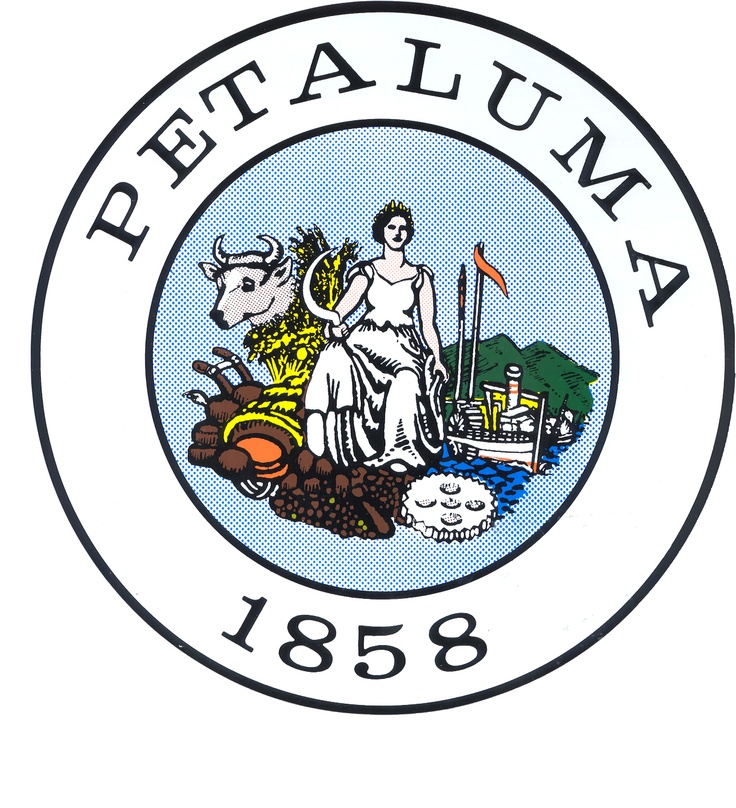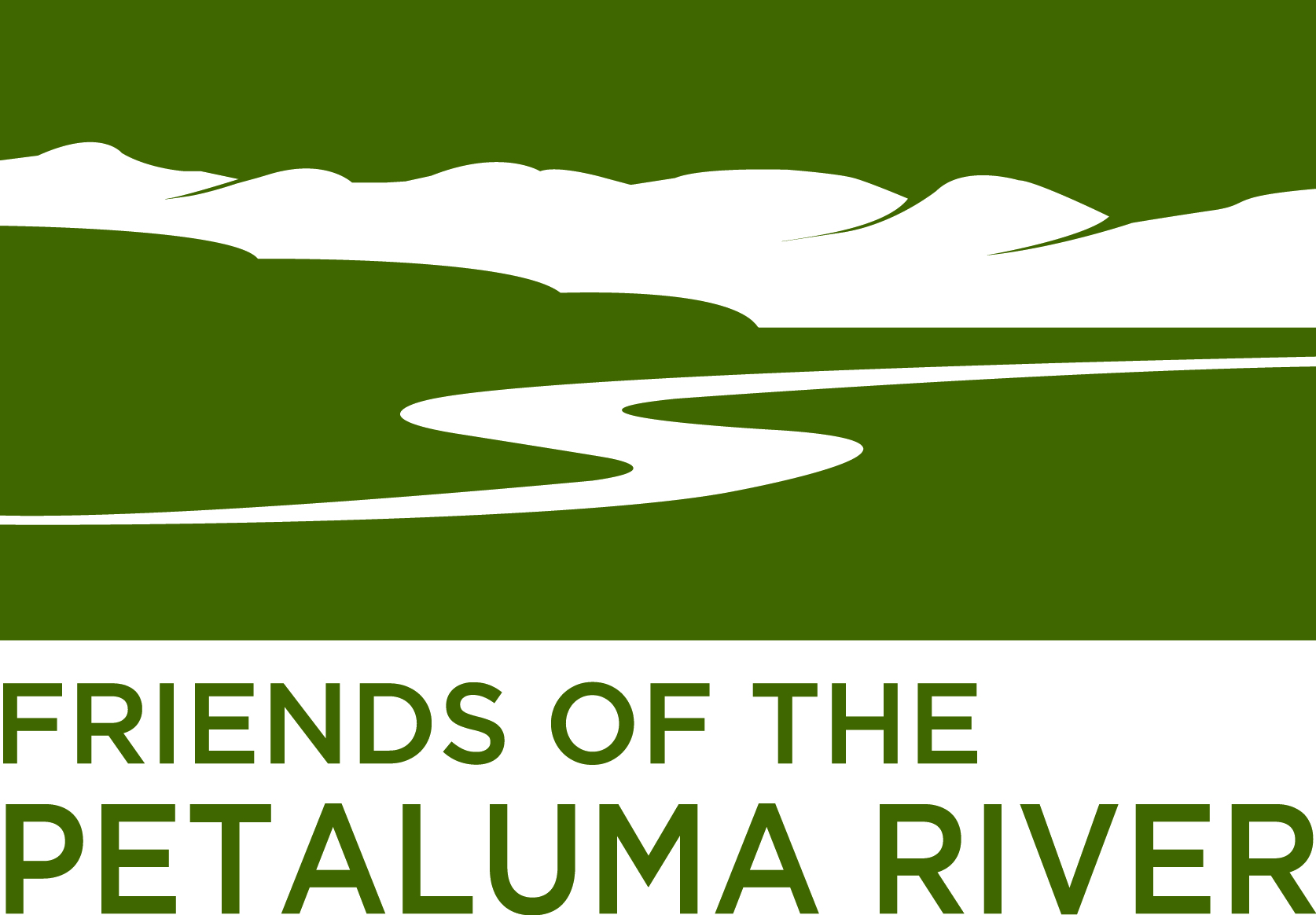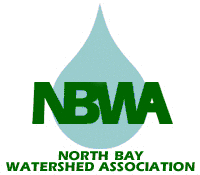One Teachers Experience in the Watershed Classroom
/This has been my second year taking part in the Friends of the Petaluma River Watershed Classroom, and I could not speak more highly of the program. While there are many meaningful components to the Watershed Classroom, what my students enjoy most are the walking field trips to local points along the watershed to perform water quality testing. At the beginning of the unit, students are trained in the classroom in how to conduct each test, along with being taught the significance of each test as it relates to the health of the river. Friends of the Petaluma River provides kits that enable the students to test for turbidity, salinity, ammonia, phosphorous, nitrates, dissolved oxygen, and pH. It is amazing to see the students out in the field, using the skills they have learned to test the water and make connections related to the health of the watershed. The Watershed Classroom has been an incredible component of my science classroom the past two years, and I look forward to many more years in the future!
Matt Jackson
7th Grade Teacher, PACS at McKinley School
Review Matt Jackson's Watershed Classroom Project Flush and the Curriculum
Read More